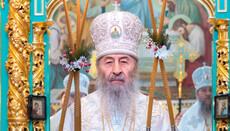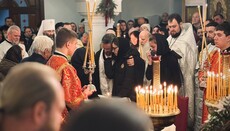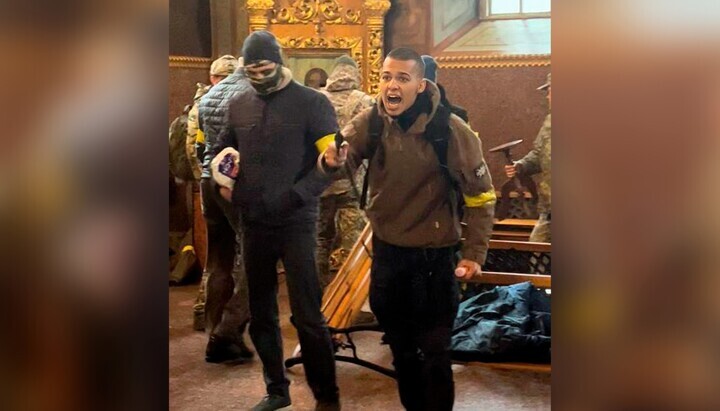"Ghost" churches near Lord’s Baptism site await reclamation
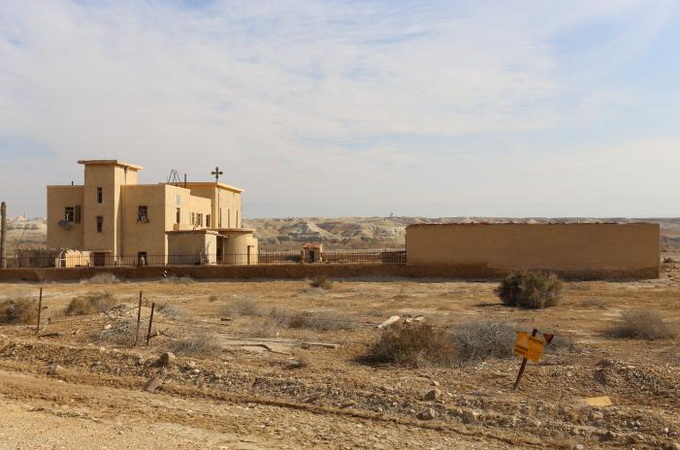
The river banks were once a war zone between Israel and Jordan, and were littered with thousands of mines and unexploded ordnance. The two neighbours made peace in 1994 but it took many years before some mine clearing began.
Both claim that the site where John the Baptist and Jesus met is on their side of the river. The Gospel of John refers to "Bethany beyond the Jordan" without further details.
In 2002, Jordan opened its site, showing remains of ancient churches and writings of pilgrims down the centuries to bolster its claim. UNESCO declared it a World Heritage Site in 2015.
The site in the Israeli-occupied West Bank opened in 2011 and has stairs for pilgrims to descend into the muddy river. It has more visitors than the Jordanian site but its churches, mostly built in the 1930s, have remained strictly off-limits. The mined area is about a kilometre (half-mile) from the cleared area at Qasr al-Yahud where Christian pilgrims already flock to be baptised.
"Over 450,000 tourists from all over the world come to visit this site every year and Halo believes that after (the church area) is cleared and rebuilt, the local economy will benefit," said Halo's West Bank project manager Ronen Shimoni.
Halo says some of the seven abandoned church buildings were booby-trapped by Israel after it captured the West Bank in a 1967 war, making the work for the group's team of 35 to 40 sappers more complex.
Christians are also baptised on the Jordanian side, where several churches from different denominations have been built in recent years to welcome pilgrims.
0
0
If you notice an error, select the required text and press Ctrl+Enter or Submit an error to report it to the editors.
Read also

Zelensky assures of Ukraine's 'sobornist' on Unity Day
22 January 16:33
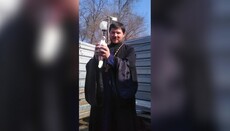
In Tokmak, Russian authorities sentence UOC priest to 14 years
22 January 11:28



